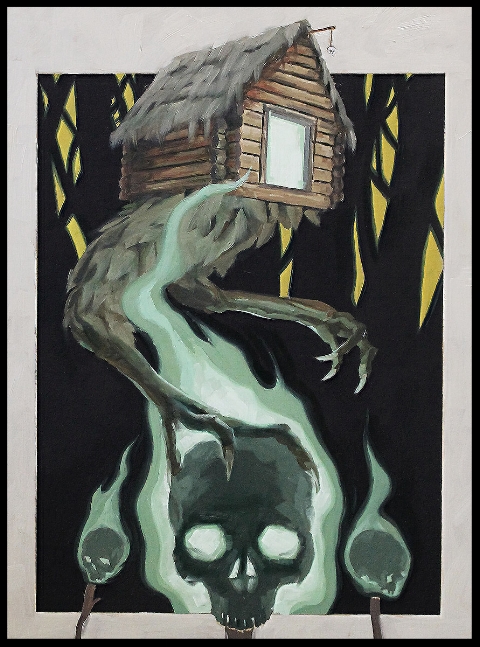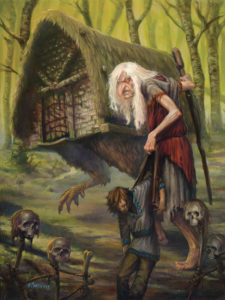Beautiful Folklore Baba Yaga

Baba yaga is well known in slavic mythology as the crone witch often referred to as a hag she is most well known in the story of vasilisa the fair sometime referred to as vasilisa the brave or vasilisa the beautiful and baba yaga as a popular russian folklore.
Beautiful folklore baba yaga. Baba yaga also spelled baba jaga in slavic folklore an ogress who steals cooks and eats her victims usually children. Legend says her hut is surrounded by a fence made of human bones. Baba yaga s myths over centuries has turned her into the wicked witch of the forest seen as ugly and old. Baba yaga is commonly illustrated as riding around on a mortar rather than a broom wielding a pestle as both a flying aid and a wand. A guardian of the fountains of the water of life she lives with two or three sisters all known as baba yaga in a forest hut that spins continually on birds legs. She may play a maternal role and has associations with forest wildlife. Baba yaga shaman woman archetypes art festival deities folklore reborn mother earth storytelling the old bones are symbolic of the things we cling to but must finally let lie.
When we experience a death darkness depression or spiritual emptiness in our lives we journey to baba yaga s hut where she washes new life into us. Baba yaga may help or hinder those that encounter her or seek her out. Vasilisa the beautiful is the name of a popular russian fairy tale. In this story the eponymous heroine is pitted against baba yaga one of the best known characters from slavic folklore. In russian folklore baba yaga flies around in a mortar wields a pestle and dwells deep in the forest in a hut usually described as standing on chicken legs. The skulls eyes began to shine. The trees creaked the dead leaves crunched the earth trembled and there was baba yaga vasilisa the beautiful.
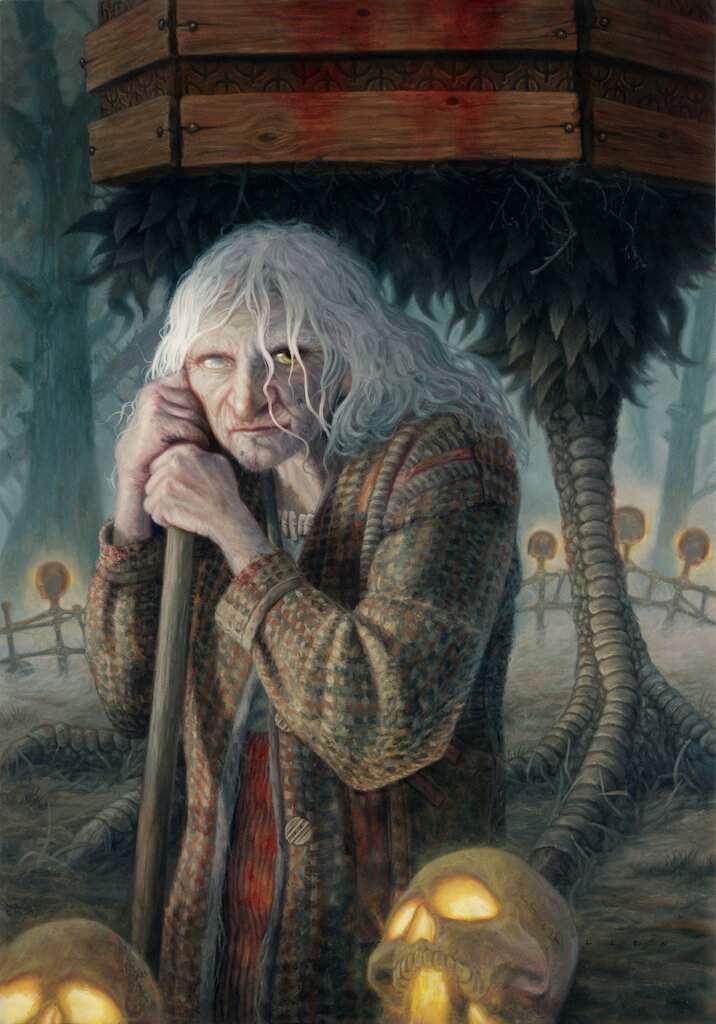









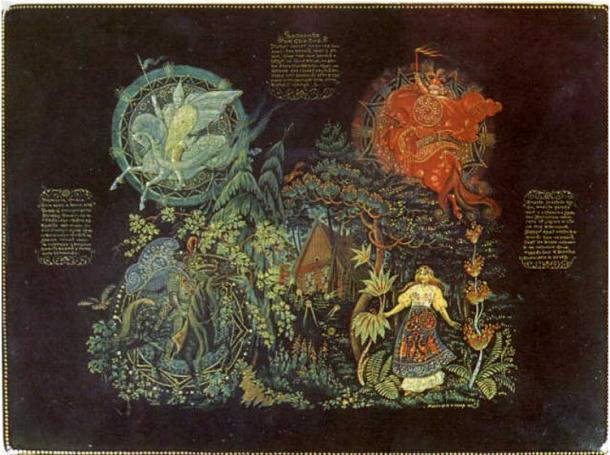

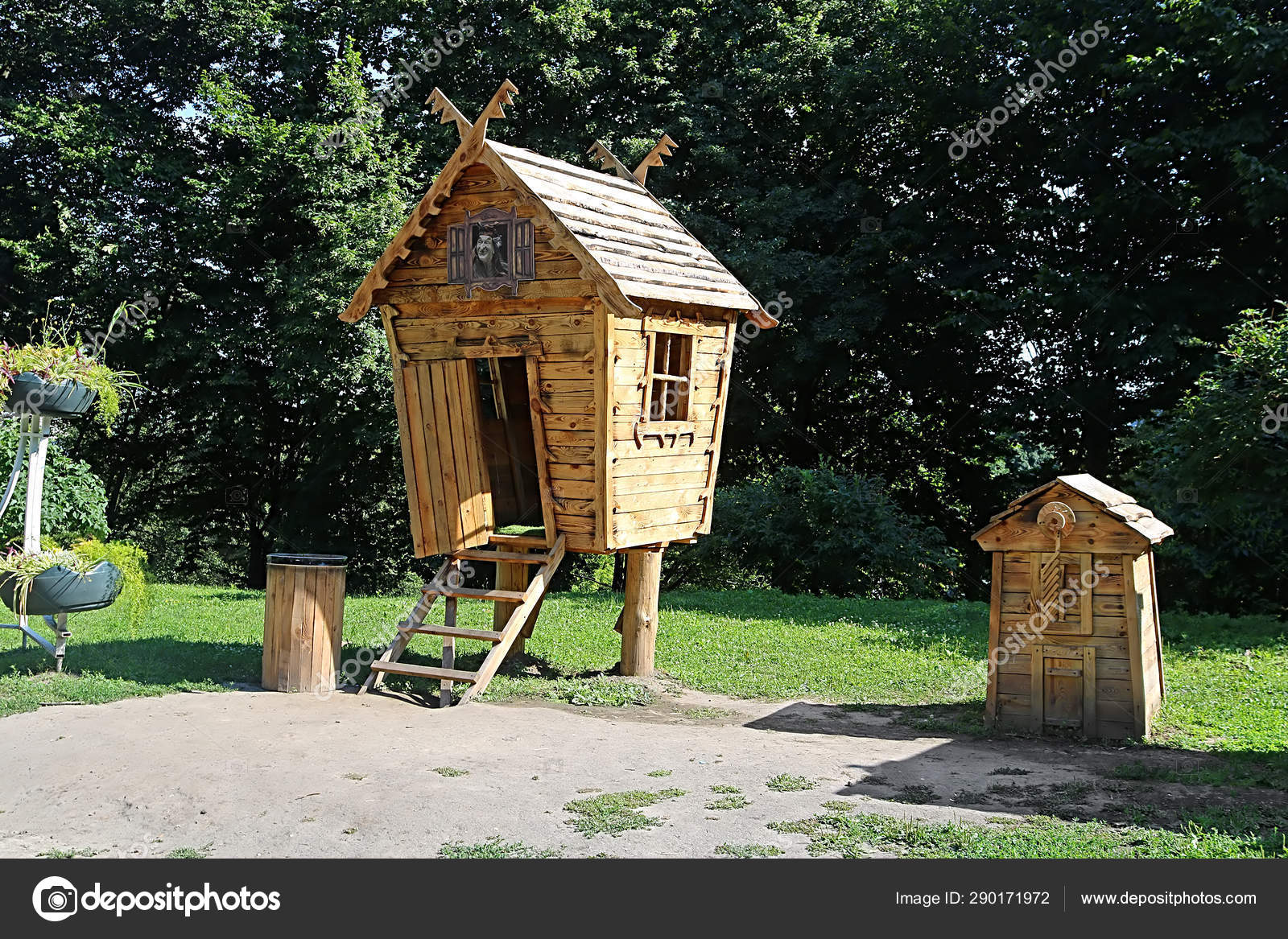
/GettyImages-464450641-58a4cb615f9b58a3c952ad8d.jpg)


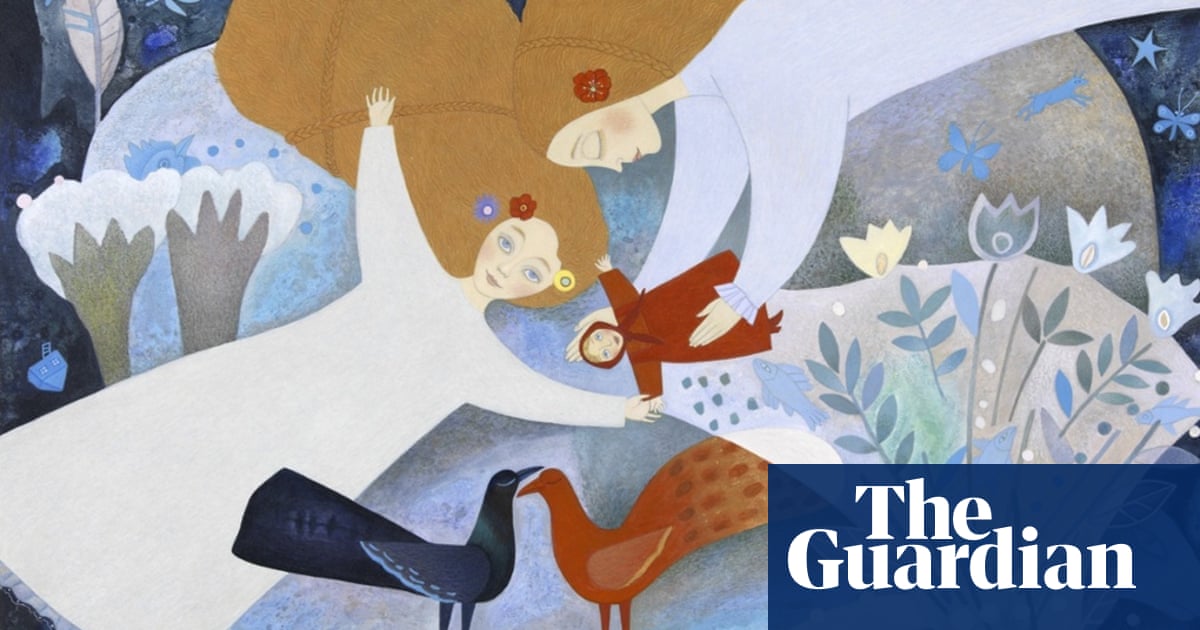
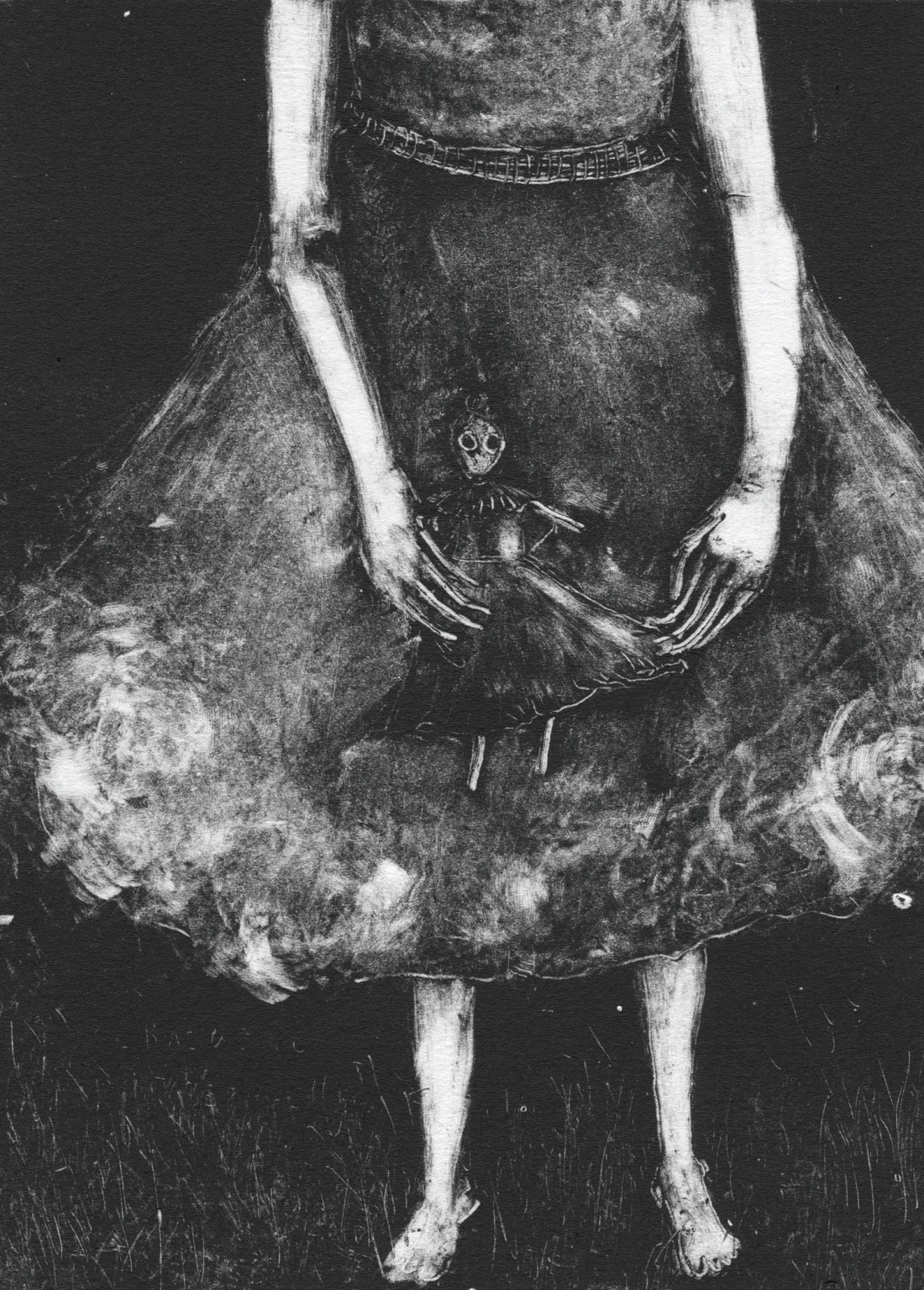
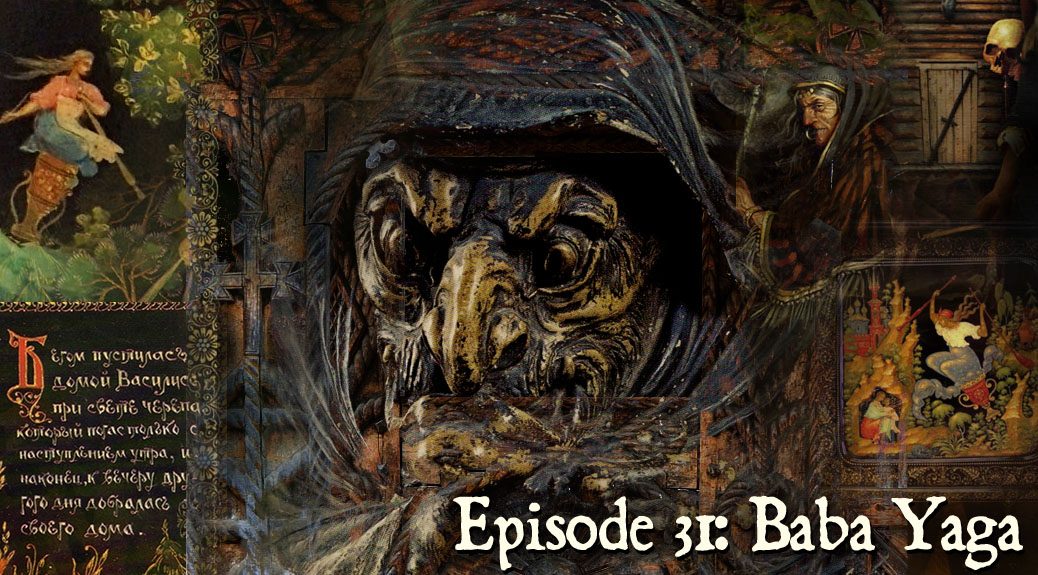


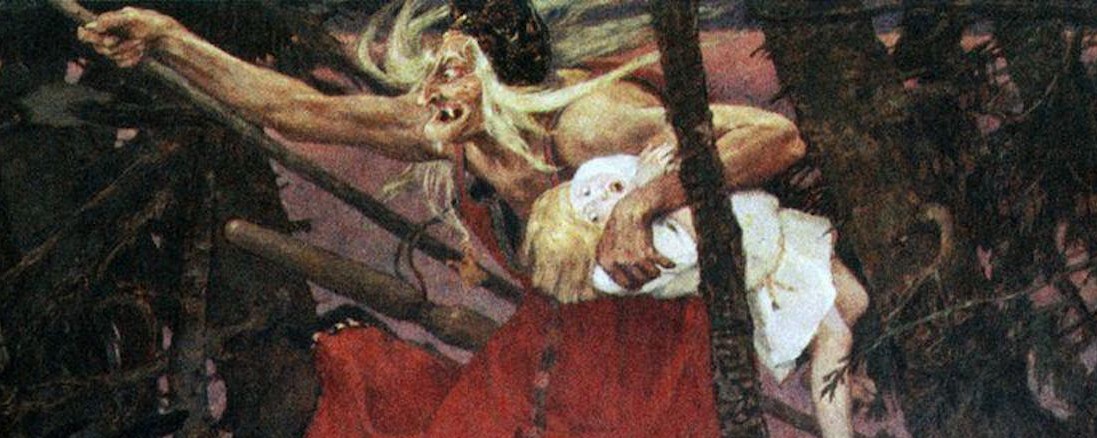






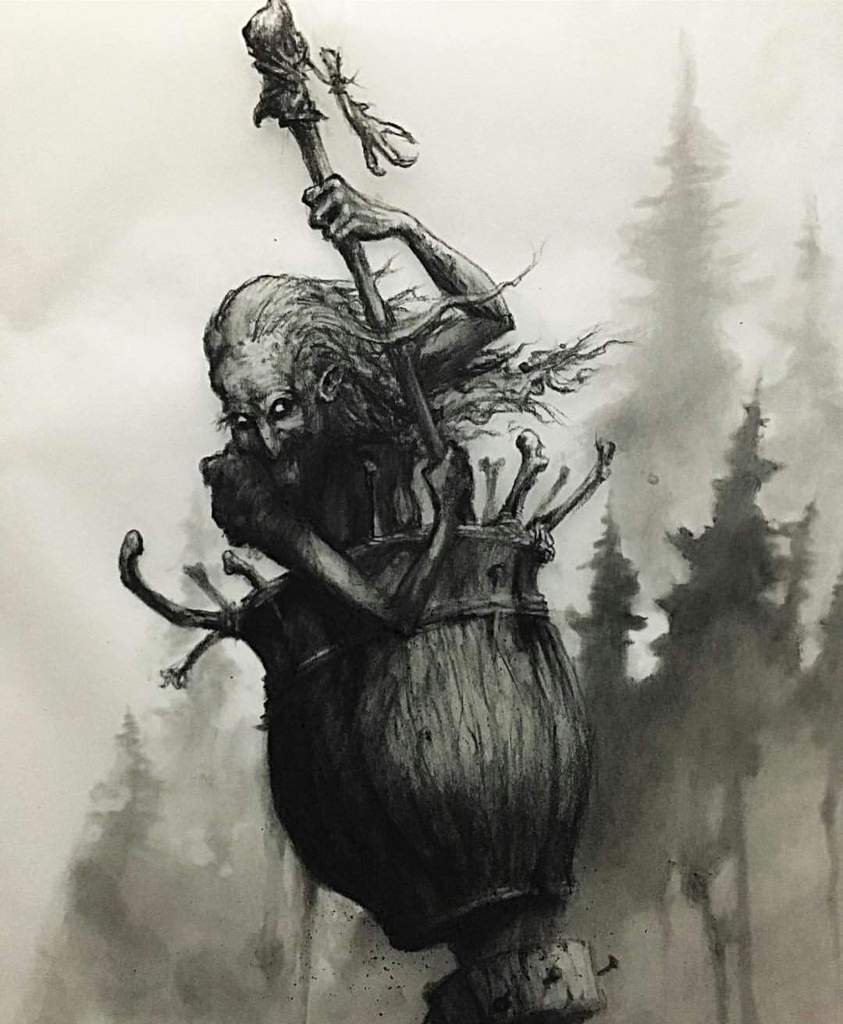
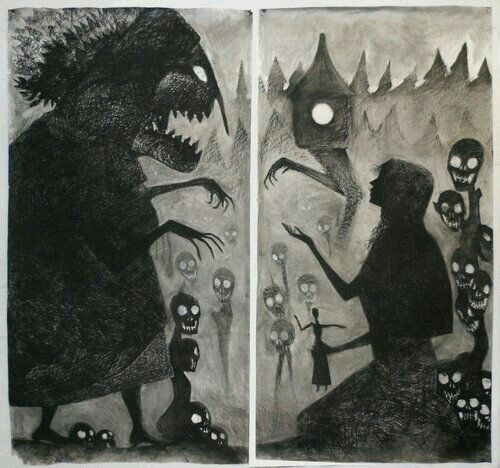


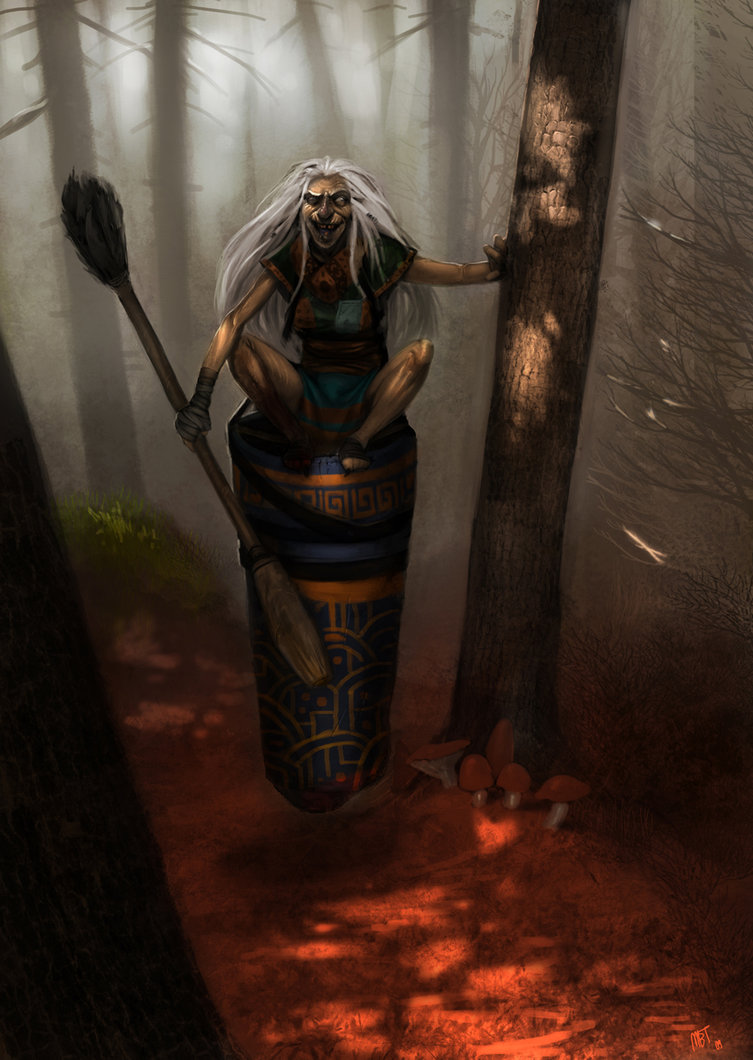
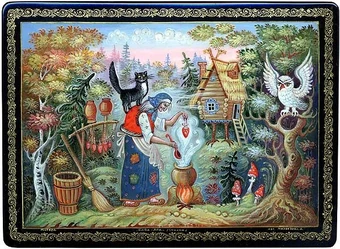


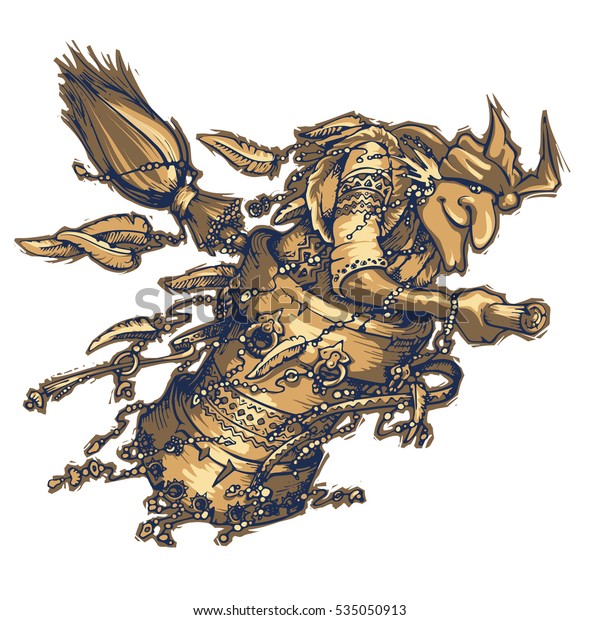


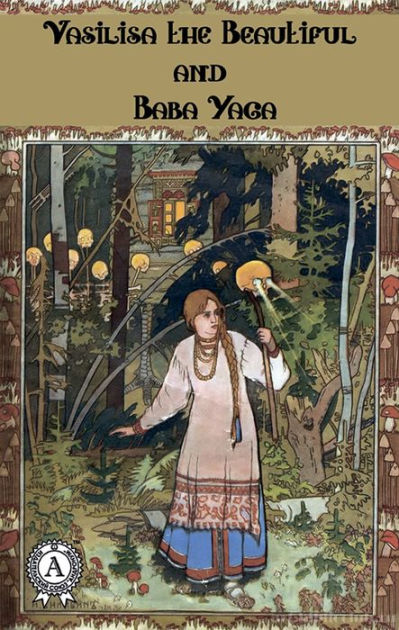


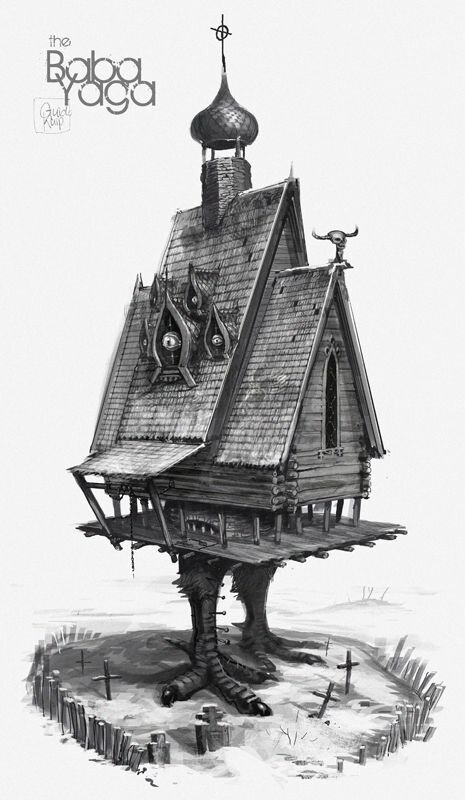
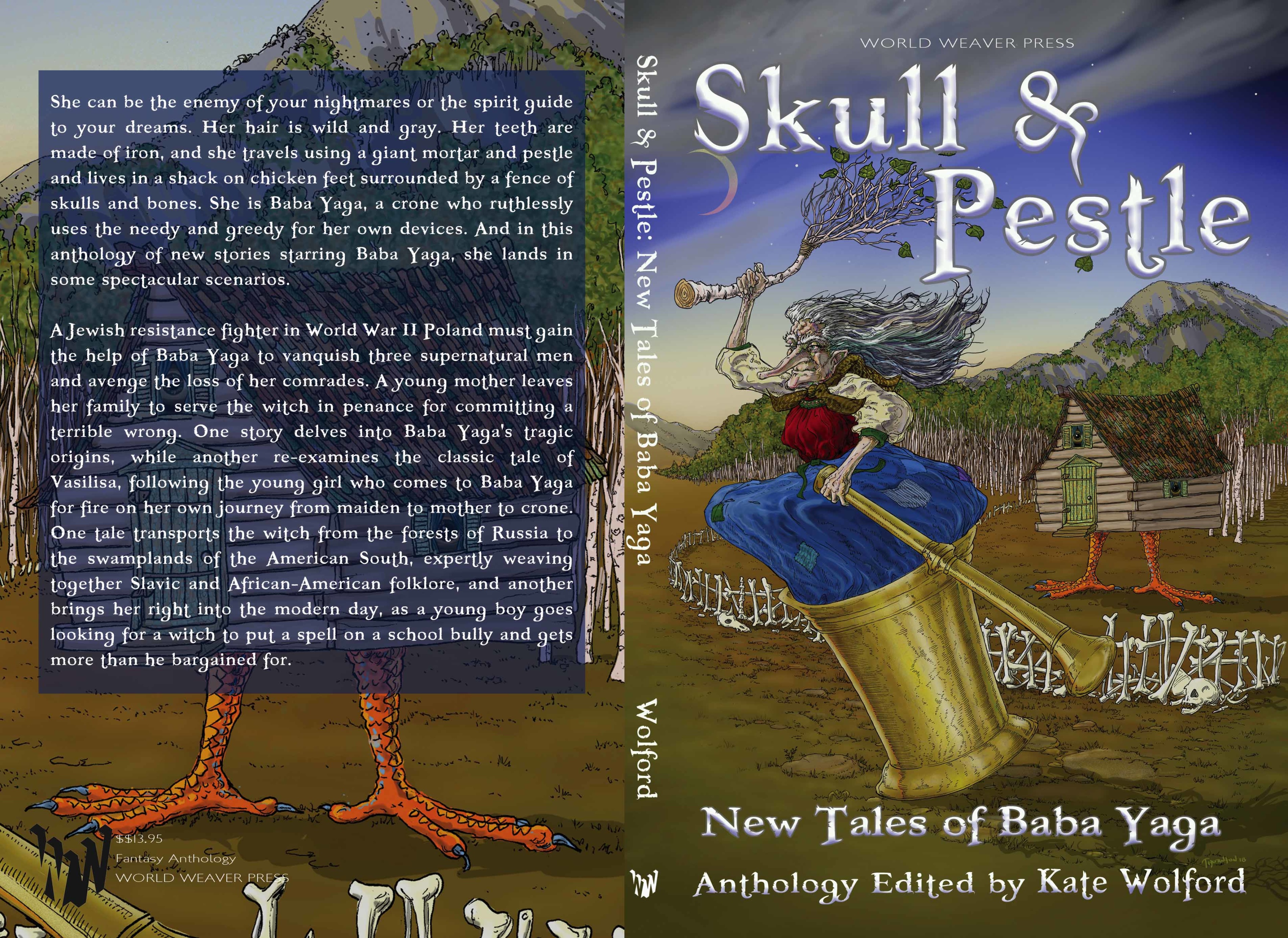


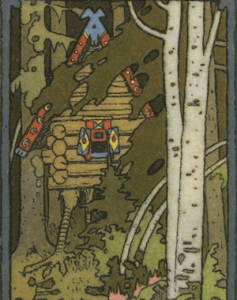



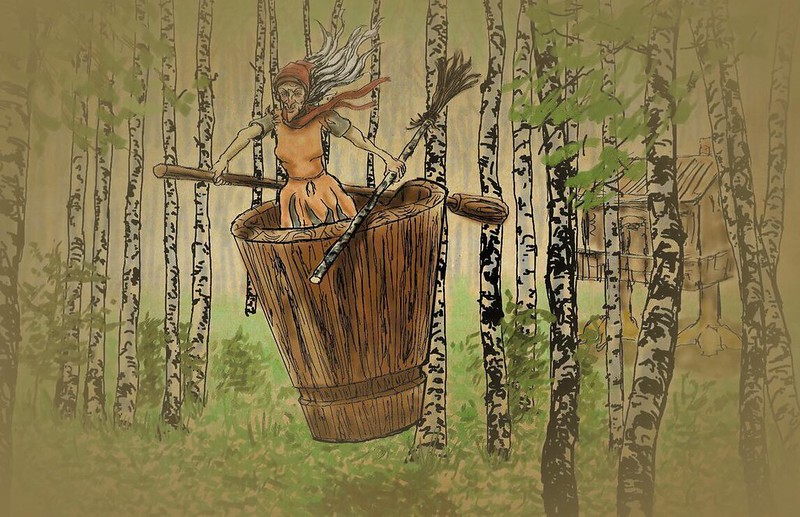
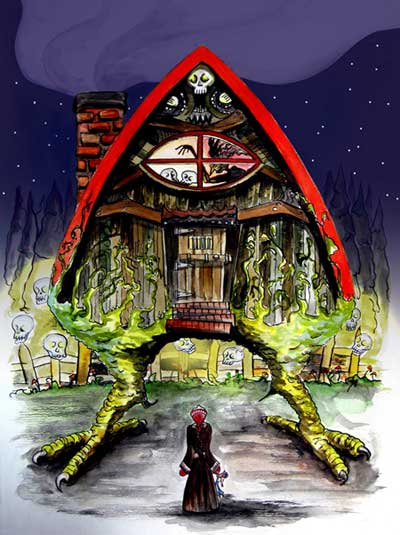
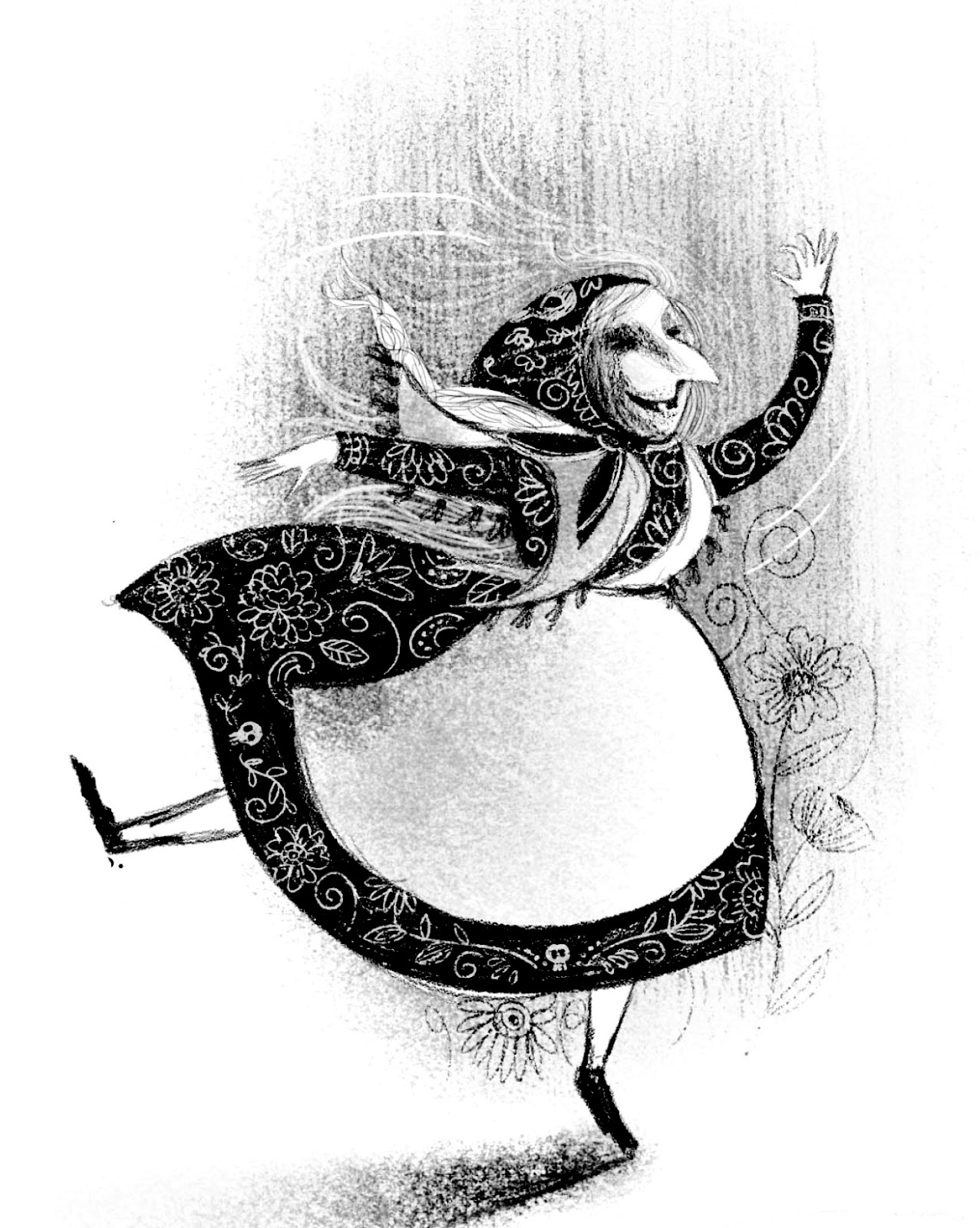





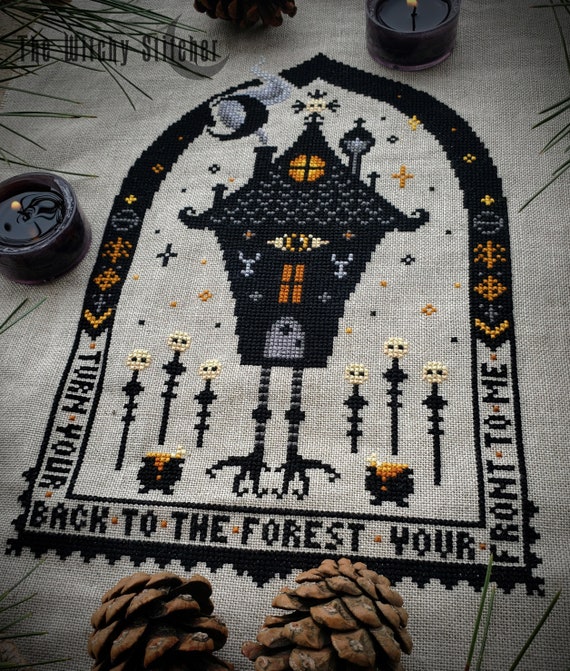
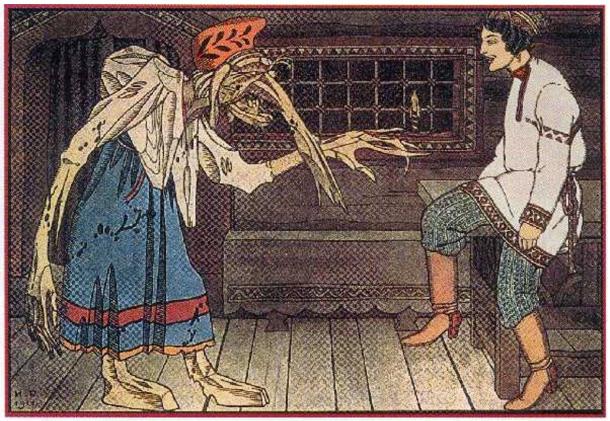
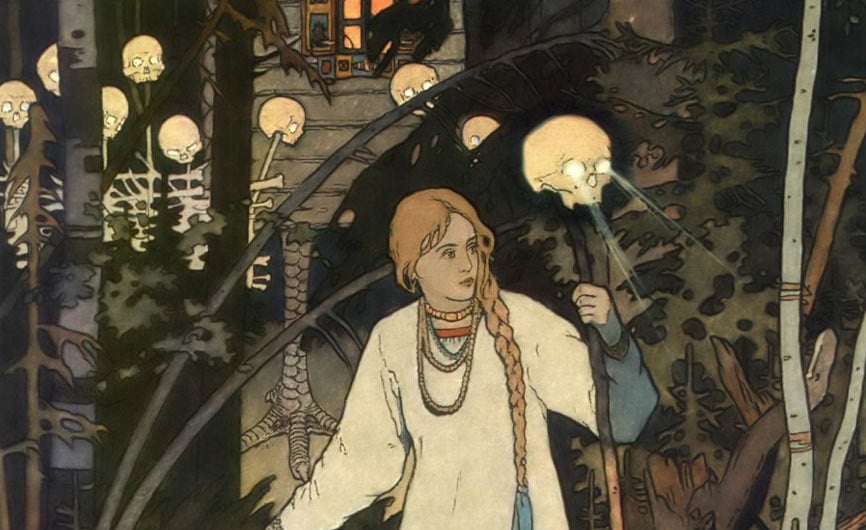
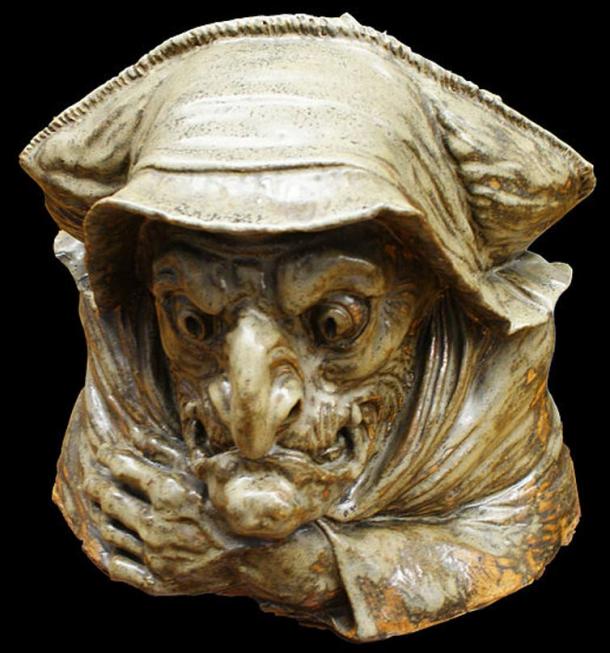

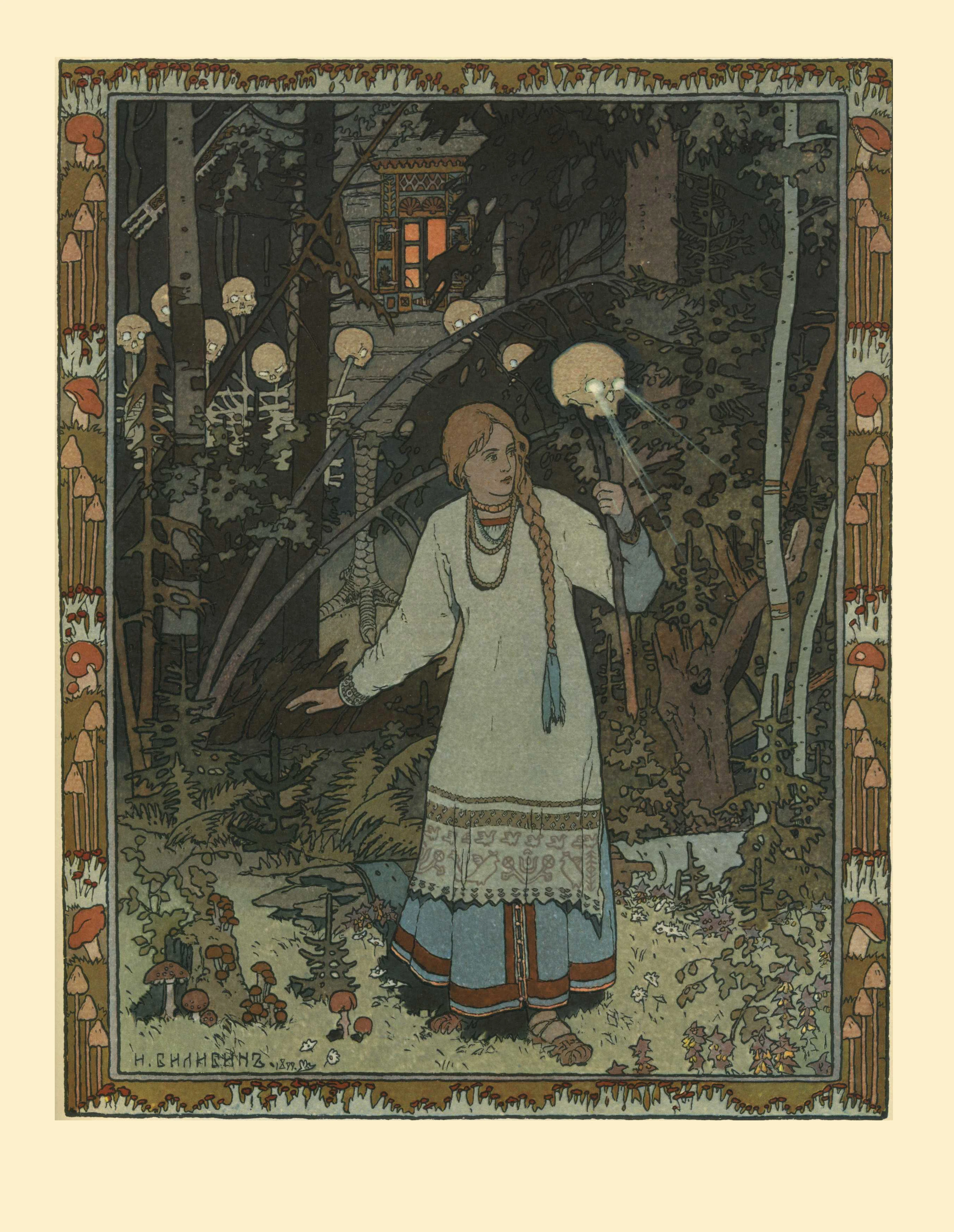

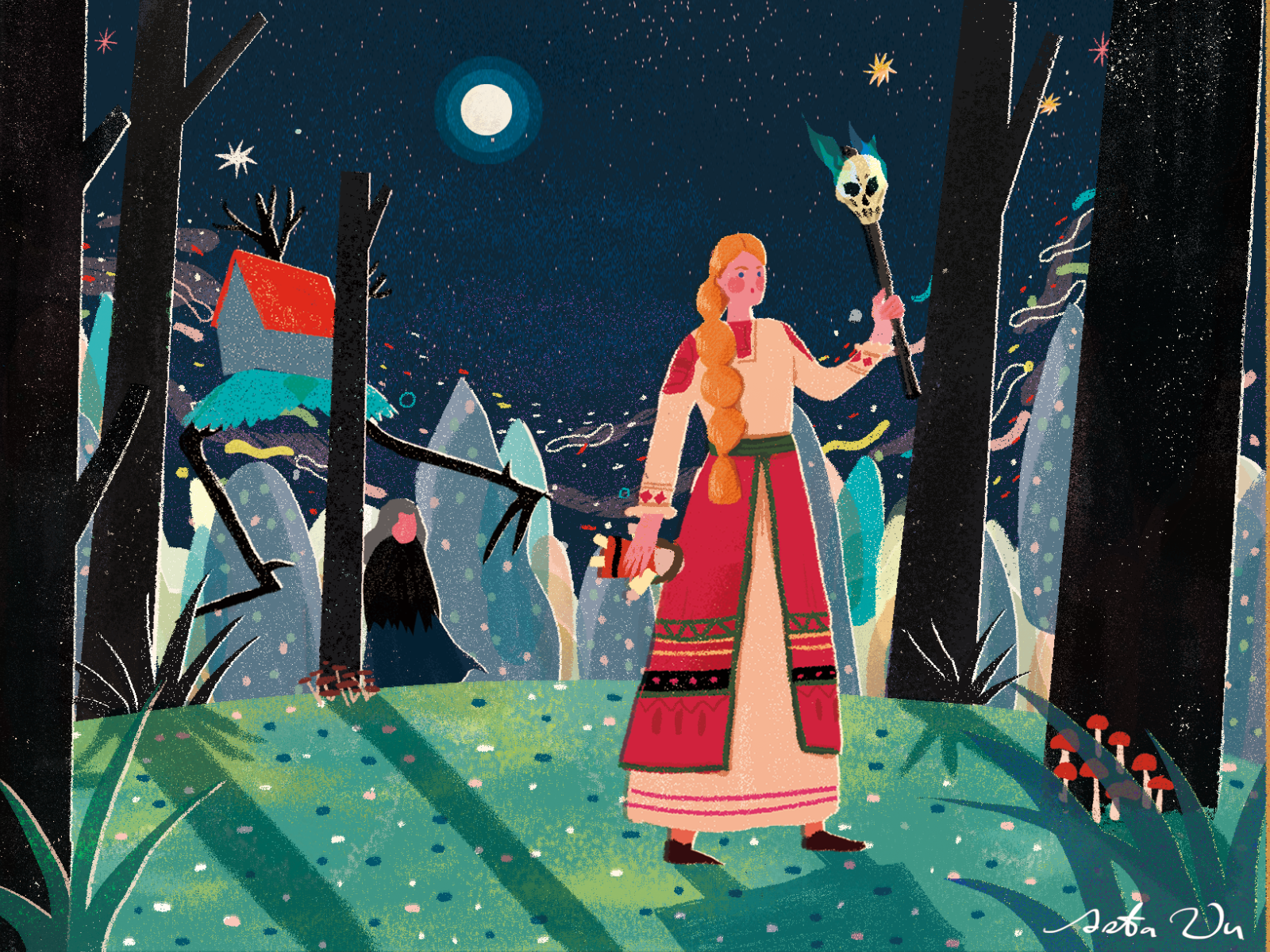

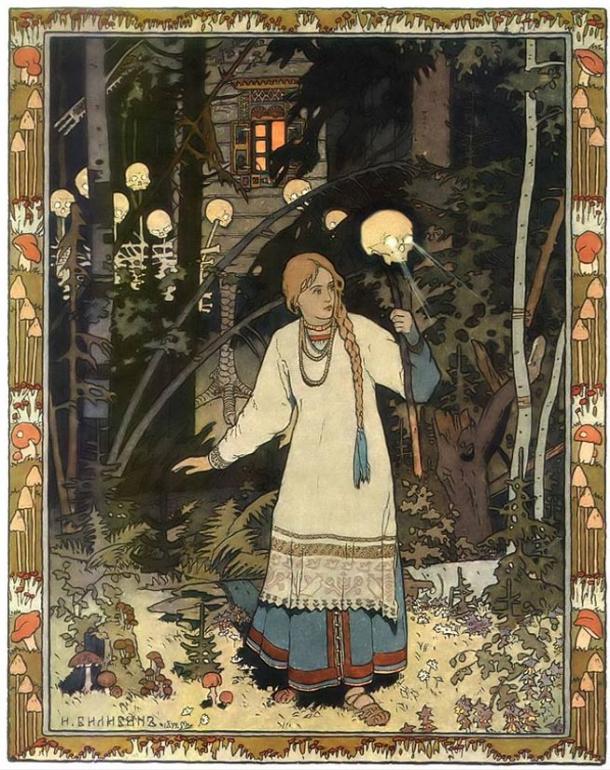
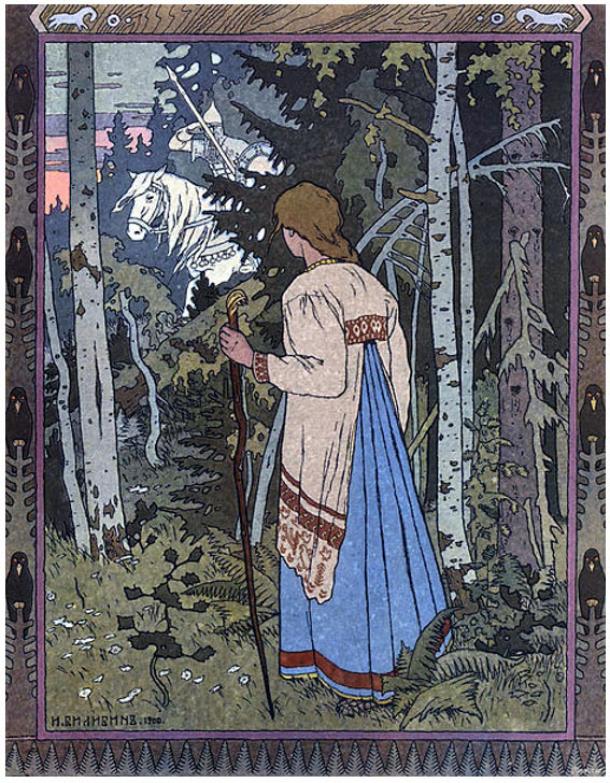

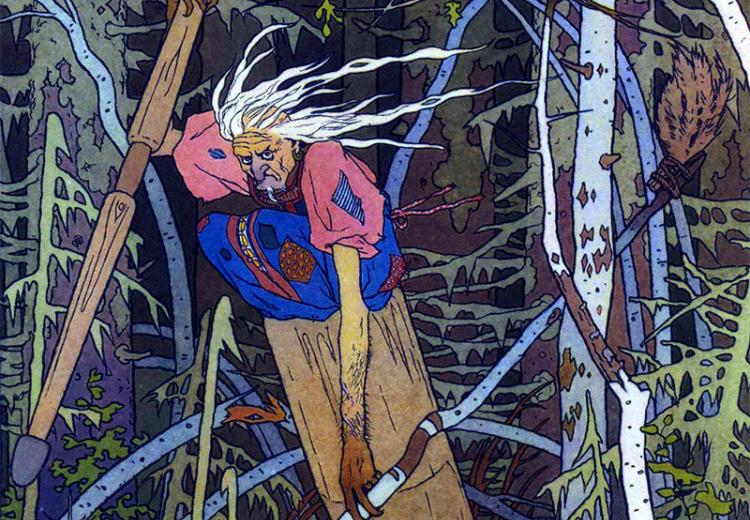






/GettyImages-1070188196-90cf3b49be1c4cd2aedf463390924dd1.jpg)






